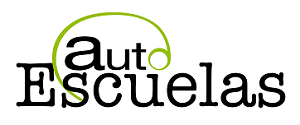For the family member who owns a watercraft or camper, or routinely is taking a trip along with a loved one who owns a power wheelchair or mobility scooter, making your vehicle equipped to deal with hitch lifts abilities is able to assist you to be on the move, and also, enjoy your favorite tasks. Prior to you begin, it is essential to understand trailer drawback courses, as well as how to effectively mount your hitch.
For vehicles, there are three primary hitch classes. These all vary in the sort of receiver, as well as the number of weights that can be pulled.
A Class One receiver has a Gross Trailer Weight, or GTW, of as much as 2000 extra pounds. This type of receiver will fit on all sorts of vehicles. This receiver is best for smaller-sized automobiles, minivans or pickups, and is usually utilized to carry bicycle shelves, camping shelf as well as other light towing products. If only a small shelf is going to be utilized on this receiver, there is no need to set up a wiring harness.
A hitch that is ranked as Class Two can bring up to 3000 extra pounds GTW. This is perfect for bigger automobiles, vans, full-size pickup, as well as SUVs. A Class Two drawback is typically used to draw a snowmobile trailer, motorcycle or camper trailer, small boat trailer.
A hitch ranking Class Three is able to pull around 5000 more pounds GTW. This is crucial for drawing midsize campers as well as boats and can be used on midsize pickup vans, trucks, and SUVs. This hitch Class may not function on every vehicle.
The ranking of the vehicle as well as its pulling capacity ought to never be surpassed. Understanding this ability will assist to select the right course of hitch as well as avoid triggering any type of damages to your vehicle or movement gadget.
